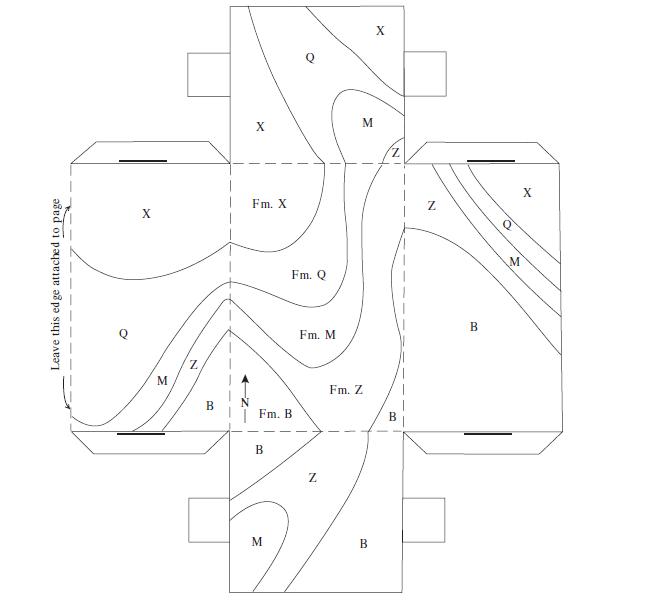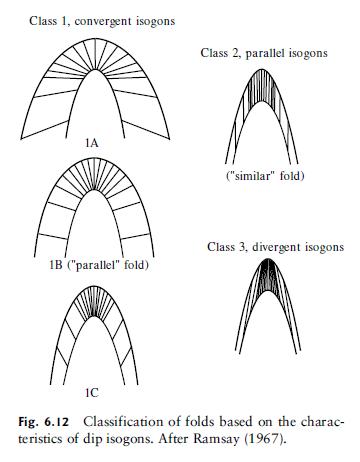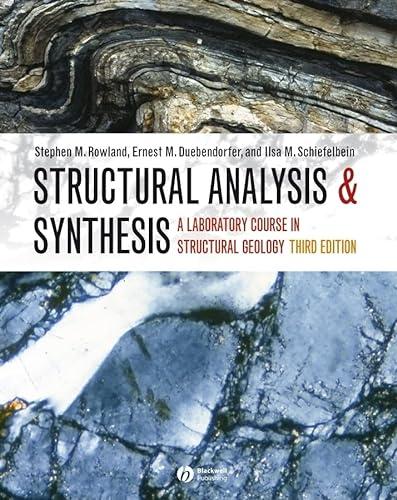Figure G-16 shows the sides and top of a block model of folded layered rocks. The surface
Question:
Figure G-16 shows the sides and top of a block model of folded layered rocks. The surface with the north arrow represents a horizontal surface. Cut out the pattern, and fold it into a block. Look at the block from different angles until you see a set of cylindrical folds. At this point you are looking down-plunge. If you have trouble, try coloring one or more units.
1. Make a drawing of the block as it appears in the down-plunge view, showing the folds.
2. What is the approximate attitude of the axial surfaces?
3. What is the approximate attitude of the fold axis?
4. By comparing the folds with those in Fig. 6.12, determine the classes of folds in the block model and label each fold on your drawing accordingly.
Figure G-16

Fig. 6.12
Step by Step Answer:

Structural Analysis And Synthesis A Laboratory Course In Structural Geology
ISBN: 9781405116527
3rd Edition
Authors: Stephen M. Rowland, Ernest M. Duebendorfer, Ilsa M. Schiefelbein





